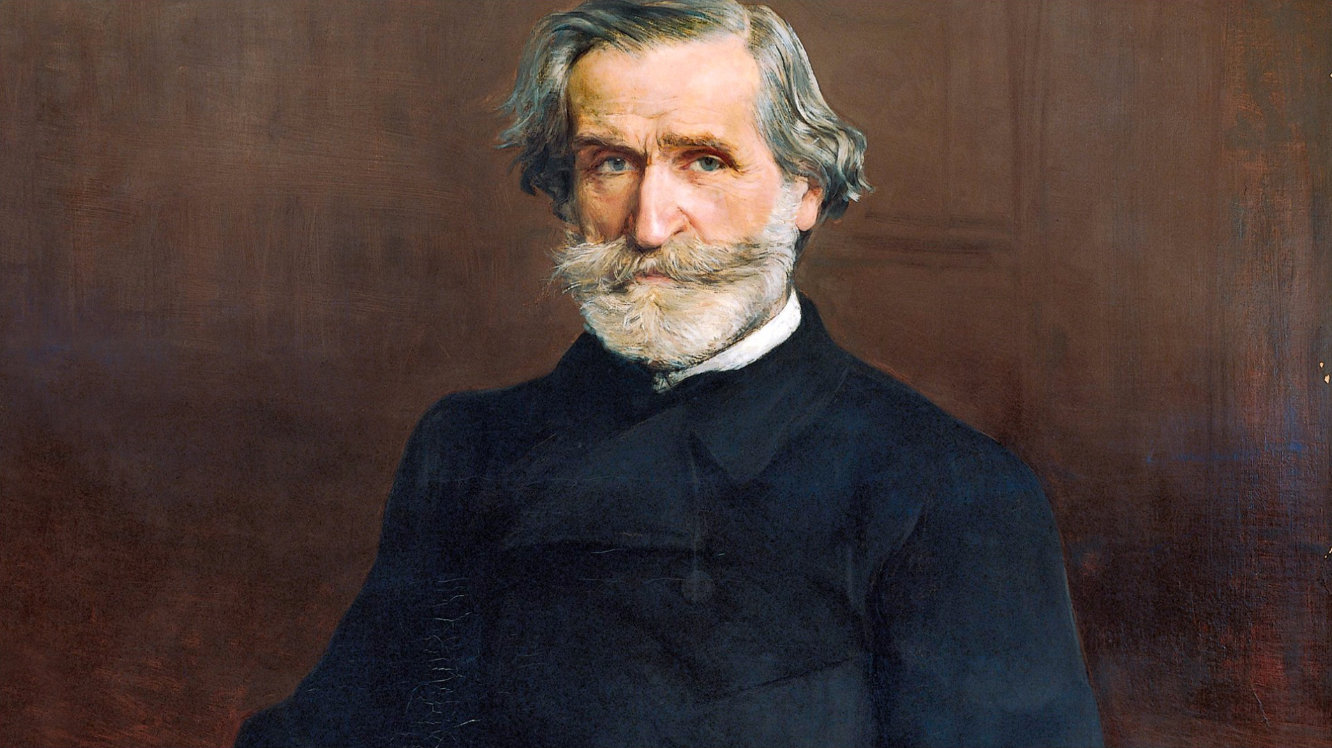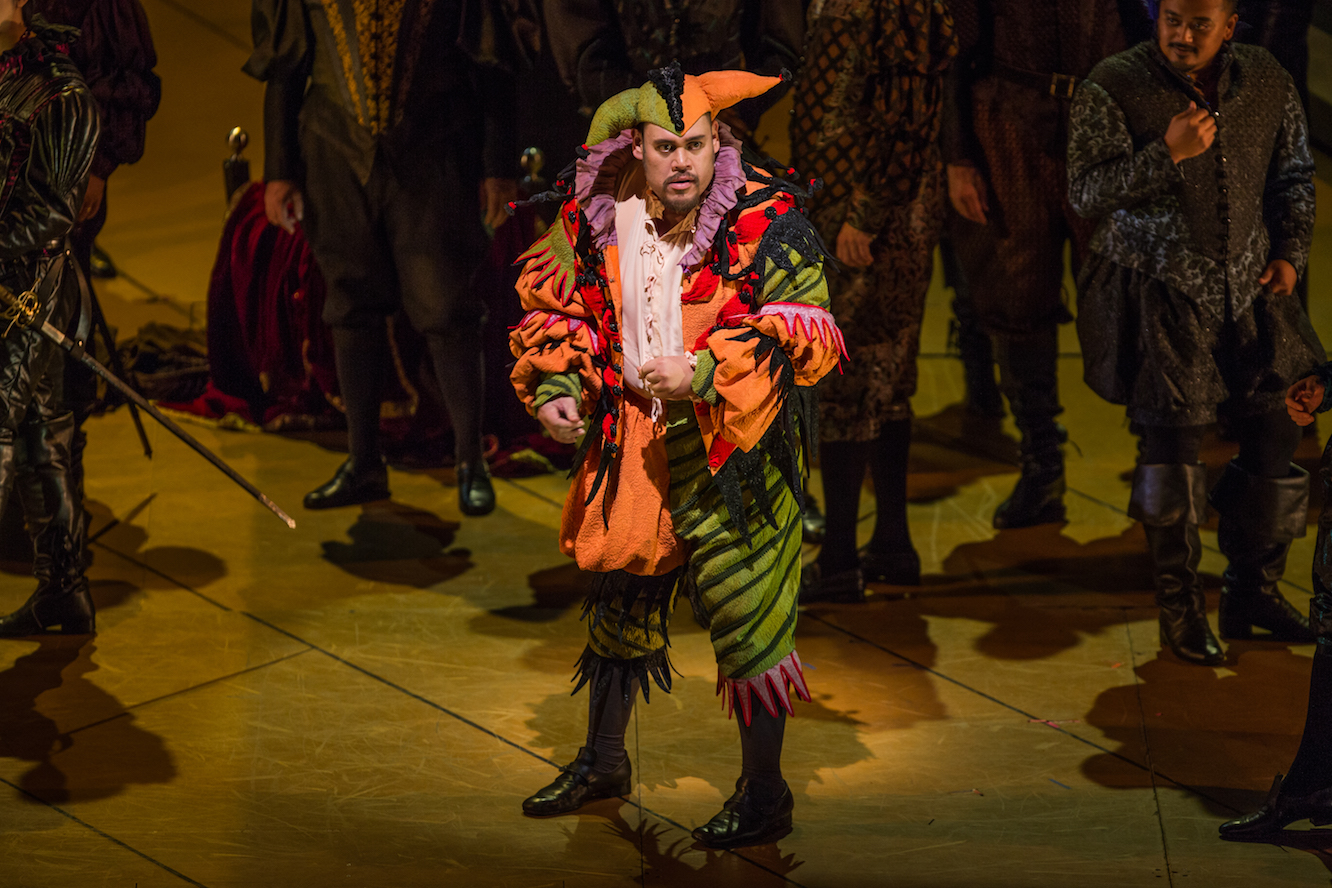They were all the rage in the early 19th century, a time when bel canto dominated the operatic stage. The vast majority of mad scenes were written for the leading soprano, providing her the ultimate opportunity to showcase her skills. Many of these pieces are extremely demanding, full of expressive and challenging coloratura passages. Here are some of the most famous mad scenes in the canon…
“Il dolce suono” from Donizetti’s Lucia di Lammermoor, sung by the masterful Joan Sutherland in one of her signature roles. The piece was composed in F major, but it is often performed in E-flat major – a step lower, which makes it more manageable for many singers. Did you notice the prominence of the flute? It is common for the principal flutist to take a bow following this scene. It has been said that the flute represents Lucia’s growing madness, a symbol of her mind taking flight from reality as she imagines a life with her love, Edgardo, after murdering her bridegroom, Arturo. The quintessential mad scene.
“D’Oreste, d’Ajace” from Mozart’s Idomeneo. Just look at Hildegard Behrens’ face as she begins this famous aria. Wow! This is an early example of a mad scene, well before its heyday in the early 19th century (Idomeneo was composed in 1780 – 1781, when Mozart was just 24 years old). This aria is sung by Elettra (Electra), who must watch her love, Idamantes, King Idomeneo’s son, rise to power with his new queen, the Trojan princess Ilia. I don’t think Elettra is too pleased.
“Una macchia è qui tuttora!” from Verdi’s Macbeth. I believe it would be inappropriate to compile such a list and not include at least one recording of Maria Callas, one of the most fascinating divas in all of opera. This aria is sung by a sleep-walking Lady Macbeth attempting to clean the blood off her hands.
“Qui la voce sua soave” from Bellini’s I puritani, sung by Montserrat Cabbalé, another one of my favorite bel canto sopranos. Bellini, along with Donizetti and Rossini, was one of the leading exponents of the bel canto style. This is one of Elvira’s arias. She has descended into madness, yearning for her love, Arturo.
“They Are Always With Me” from Corigliano‘s The Ghosts of Versailles. While most mad scenes come from the early 19th century, there are exceptions! This “grand opera buffa” (as its composer dubbed it) premiered at the Metropolitan Opera in 1991. Anyone familiar with the characters of Le Nozze di Figaro (The Marriage of Figaro) and Il Barbiere di Siviglia (The Barber of Seville) may be surprised to encounter Count Almaviva, Figaro, and Susanna in this modern opera. A fascinating work!



5 Comments
The performances to see early this 2016 / 2017 season – Opera Sense · September 21, 2016 at 10:28 am
[…] late November, make sure you get tickets! Lucia is the quinessential bel canto opera with perhaps the most famous “mad scene” of them all, and Wagner’s Das Rheingold is the first opera in the epic Der Ring des […]
Joan Sutherland – Opera Sense · September 27, 2016 at 12:18 pm
[…] One of her signature roles was Lucia in Donizetti’s Lucia di Lammermoor. Watch her rock this greatest of mad scenes… […]
Romeo & Juliet @ Minnesota Opera, In Review – Opera Sense · October 4, 2016 at 6:57 am
[…] or “Il dolce suono”-esque aria to break out, and Gounod even included a mini mad scene at the end of Act […]
What is bel canto? – Opera Sense · October 16, 2016 at 12:49 pm
[…] arias” consisting of a cavatina and caballeta, and the scena. These operas also often had mad scenes. Additionally, none of the great bel canto composers used their art to challenge societal […]
Lisette Oropesa discusses Lucia, Gretel, and her love of opera · November 8, 2017 at 12:18 pm
[…] Mad Scenes […]
Comments are closed.